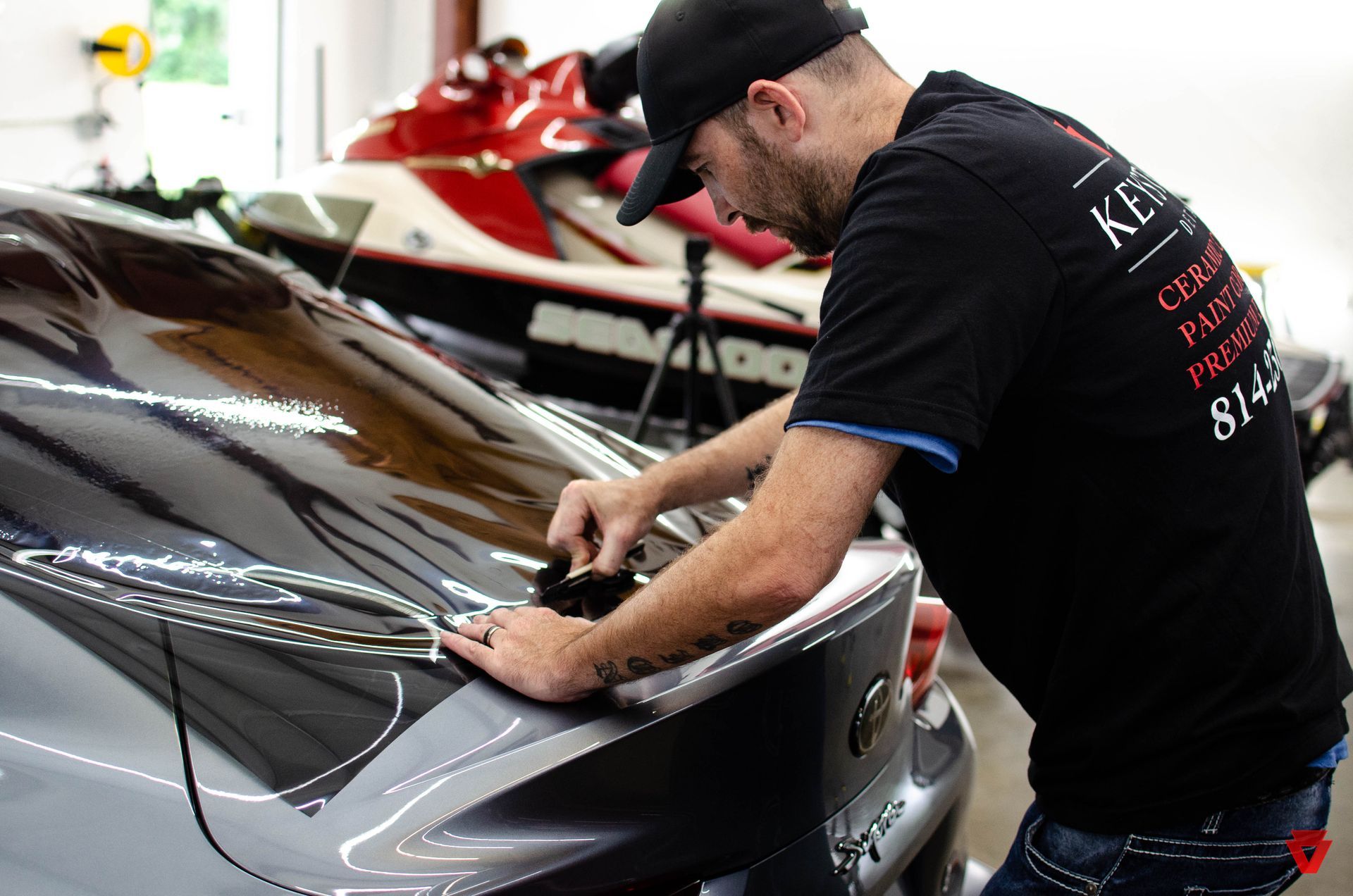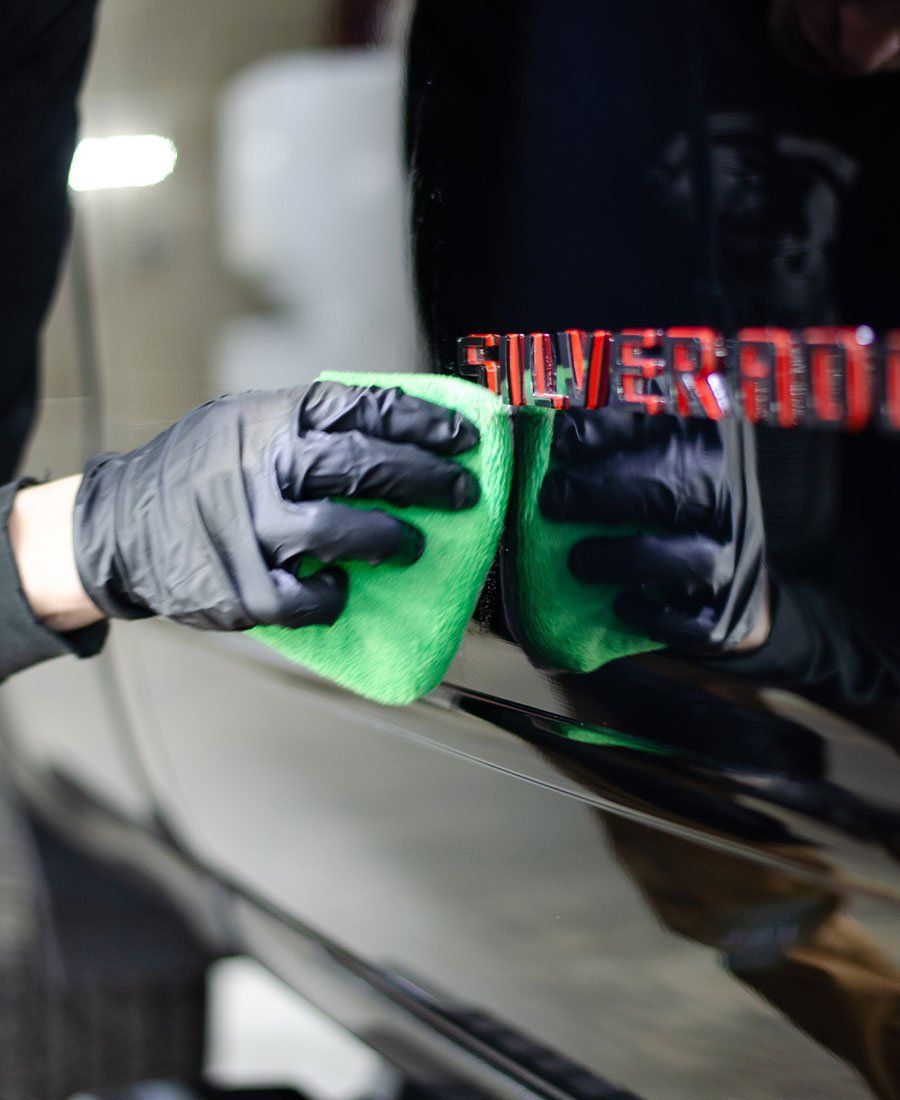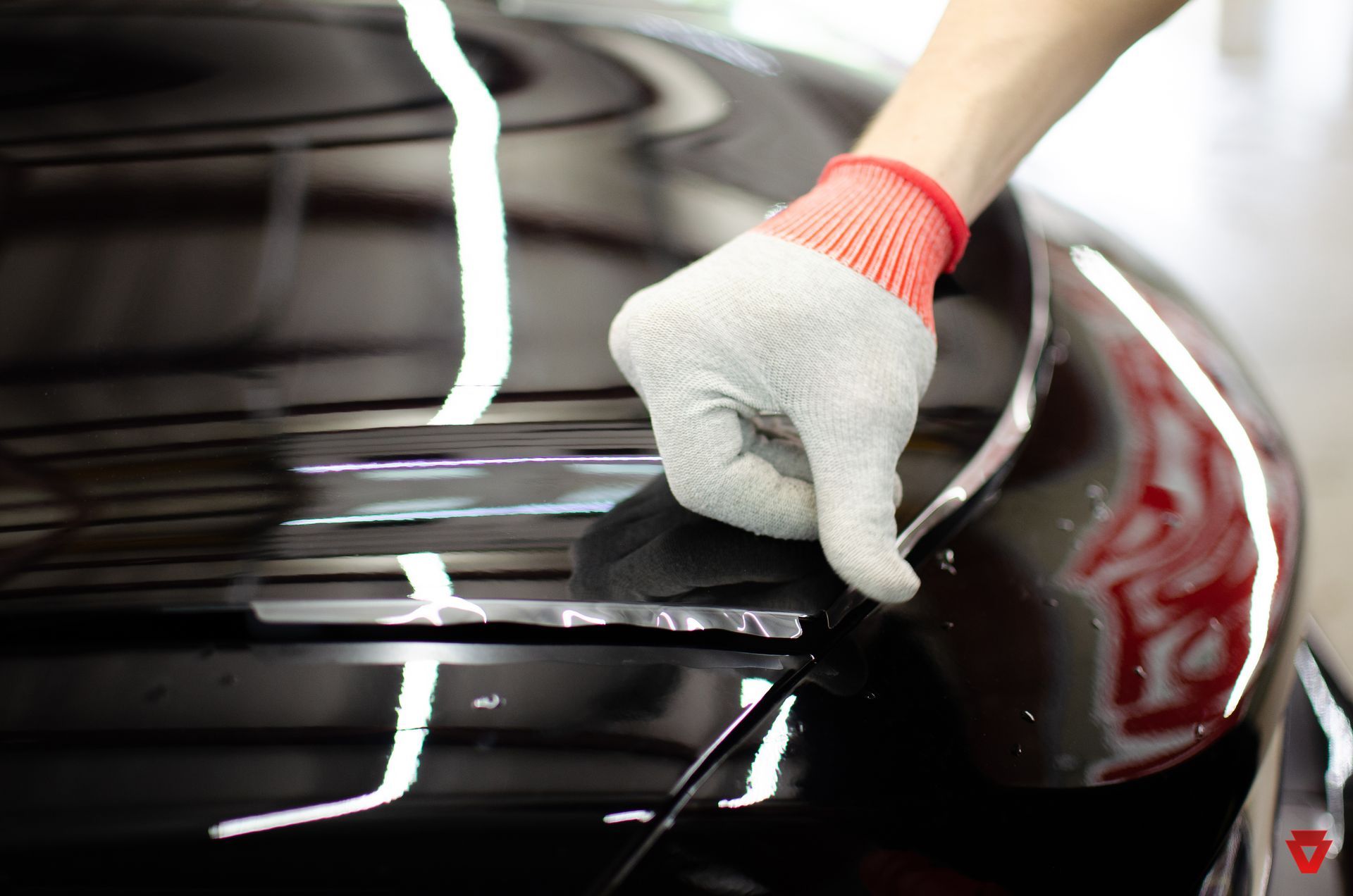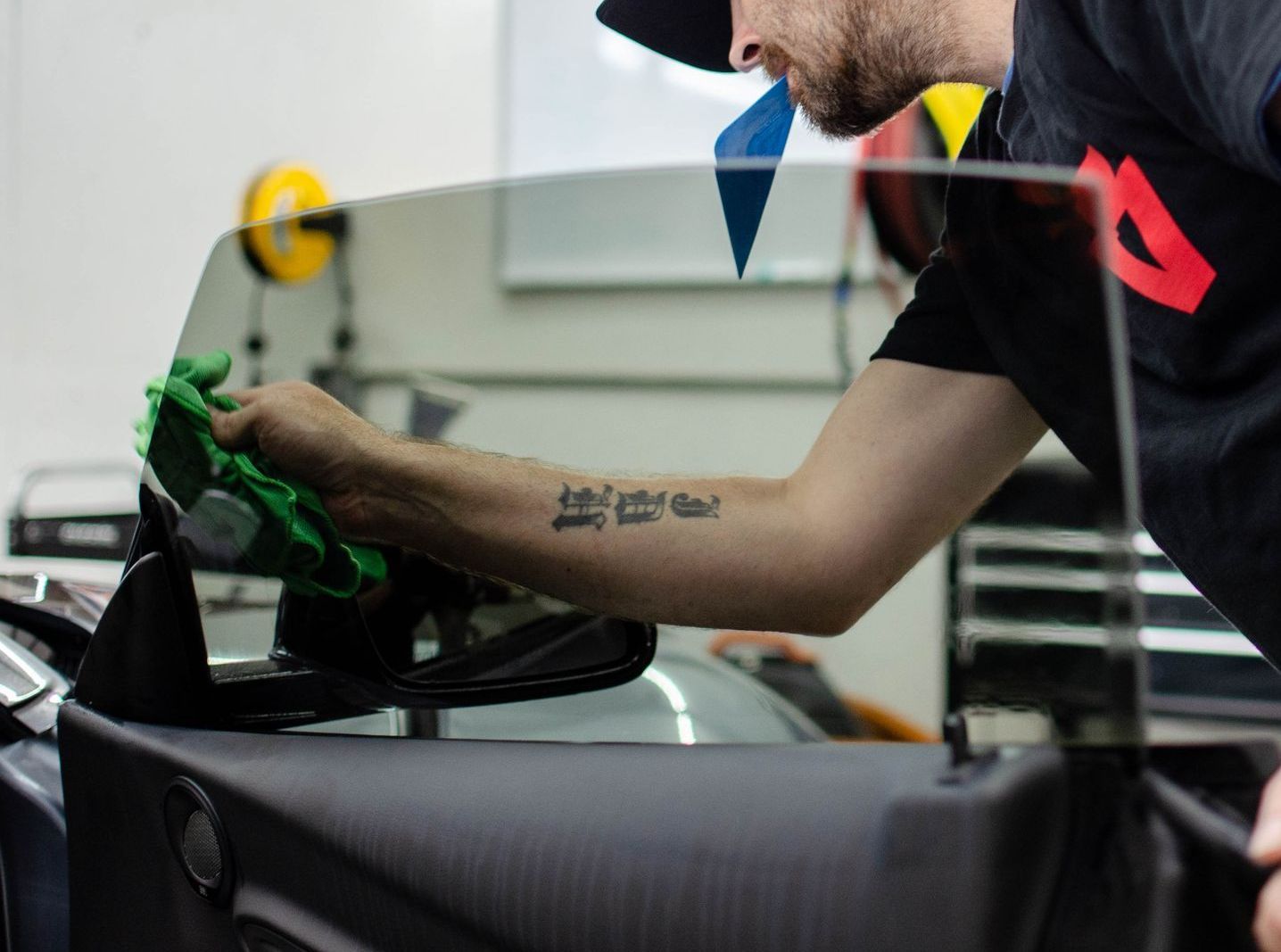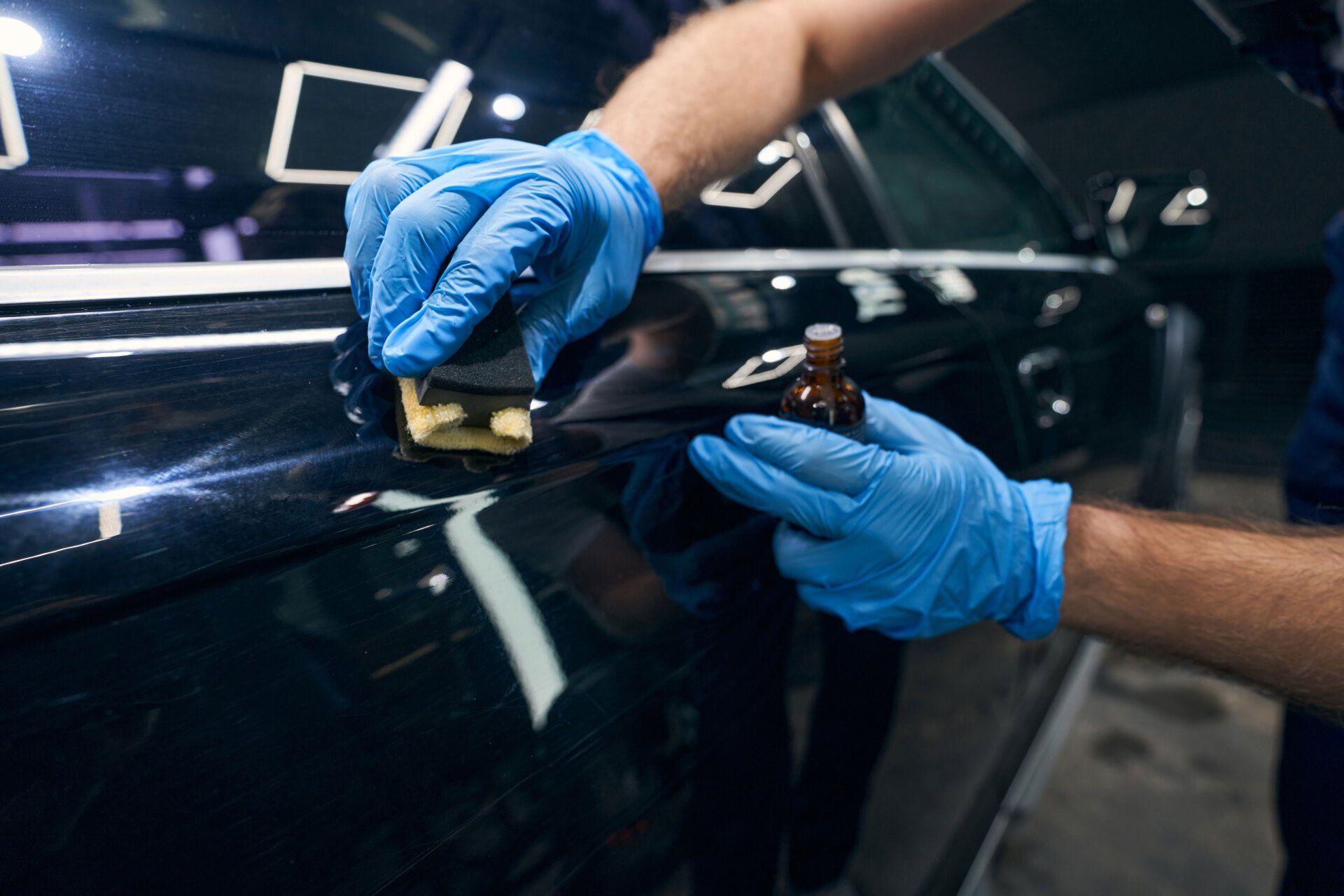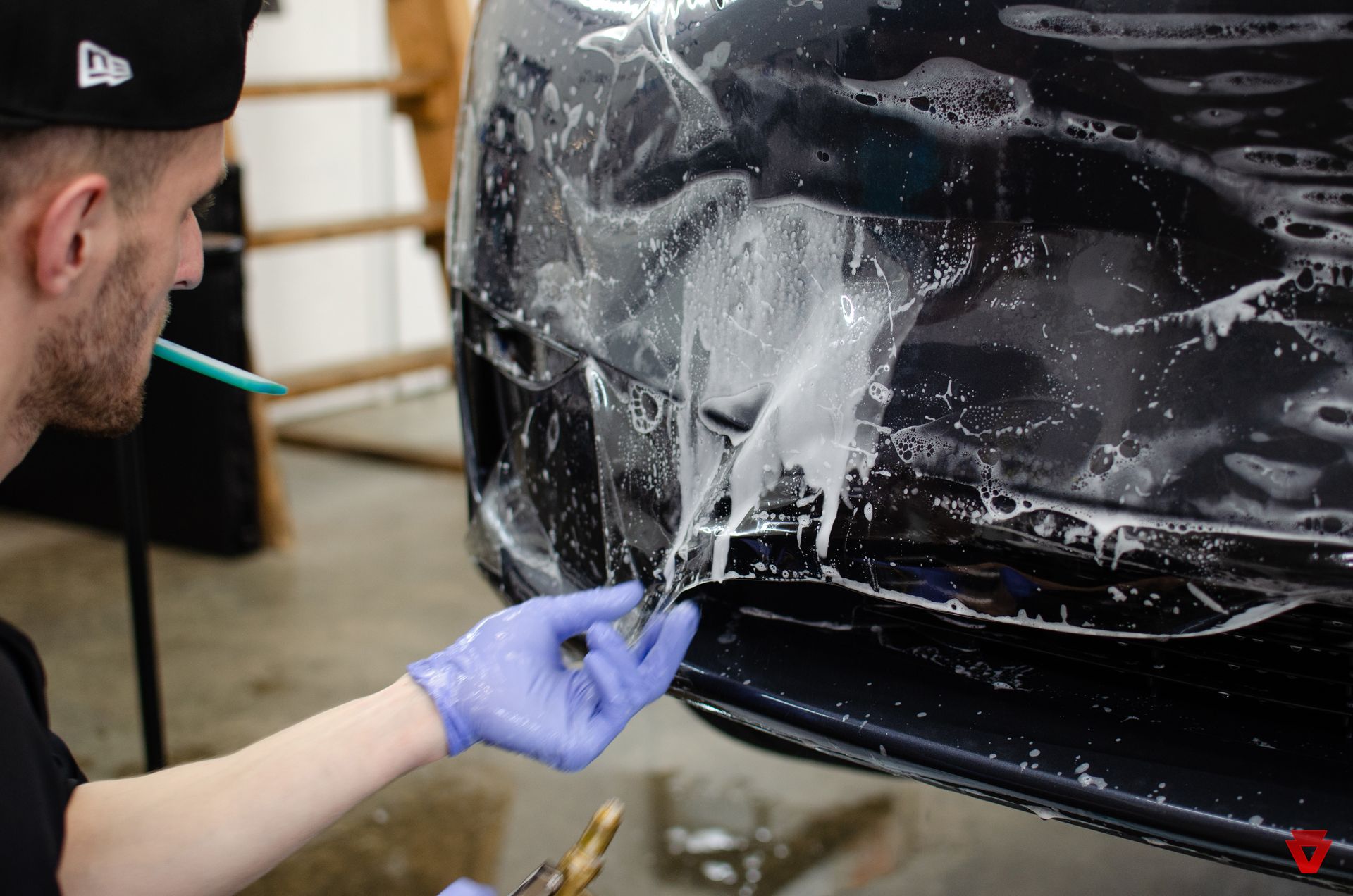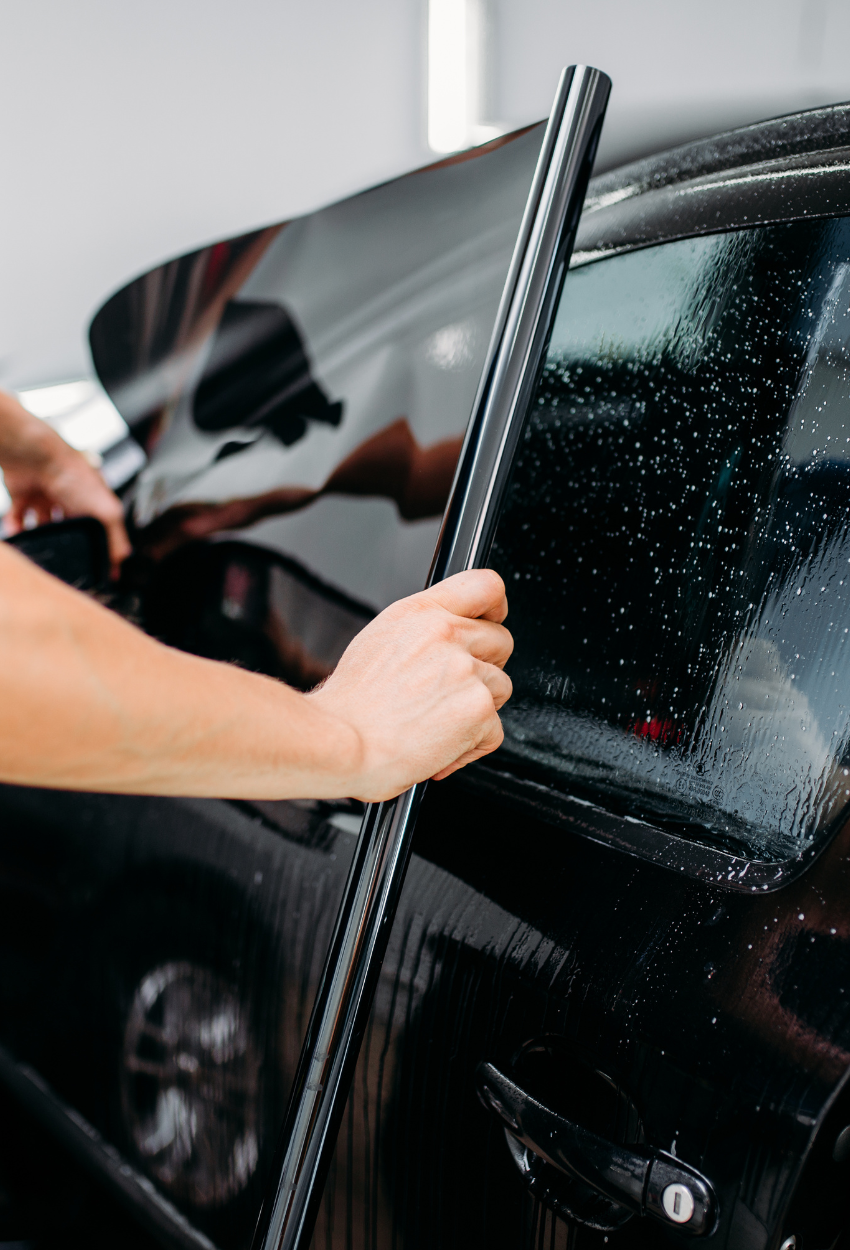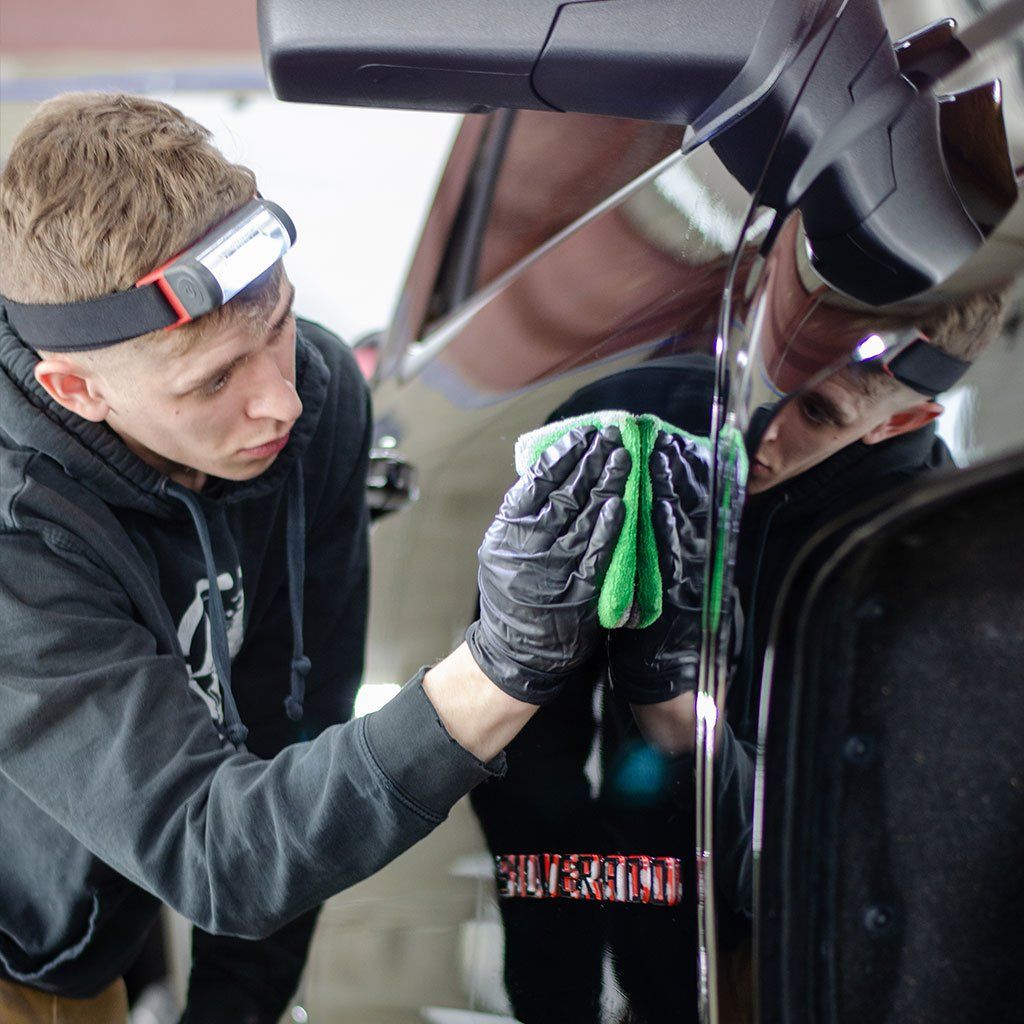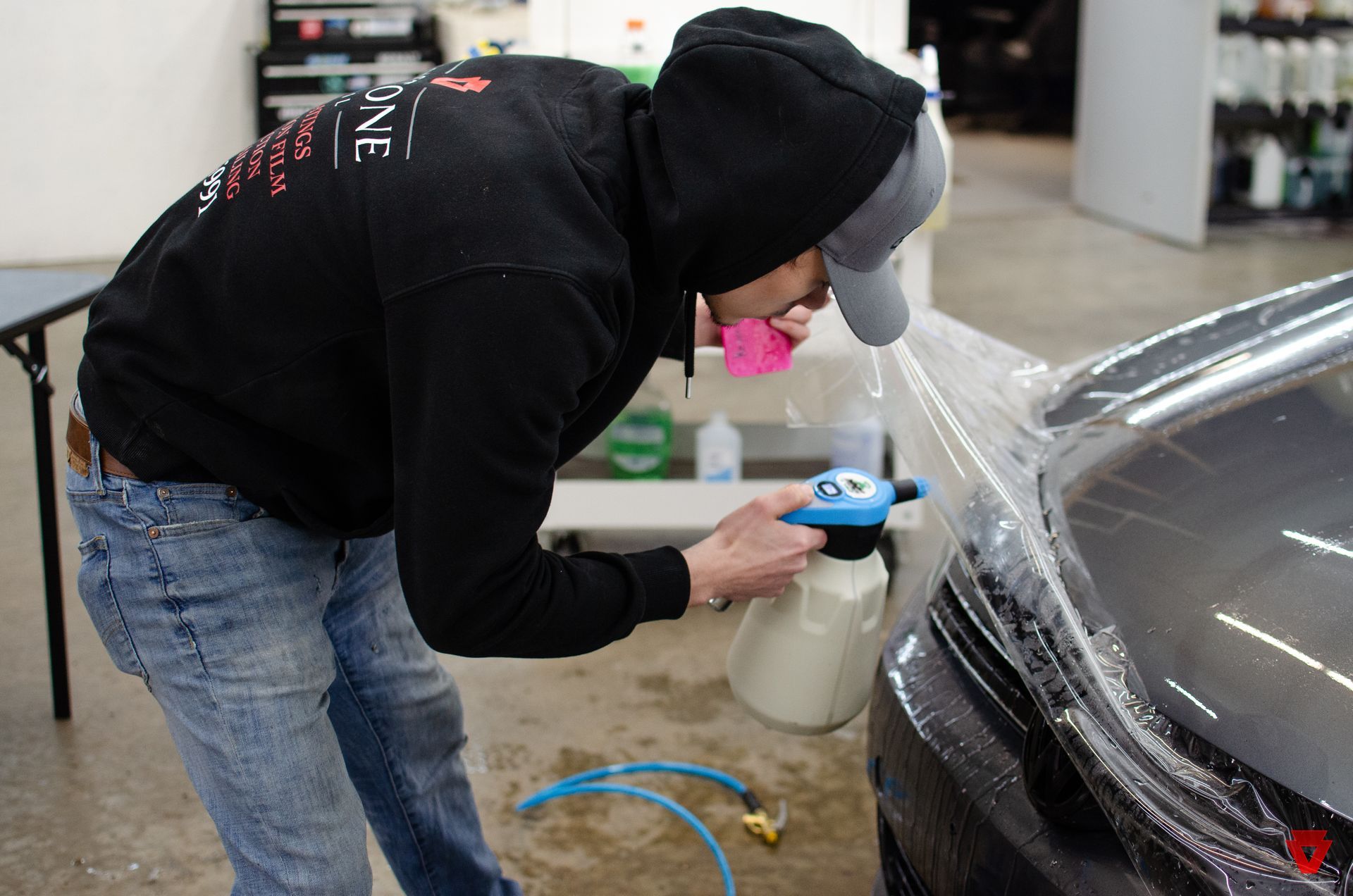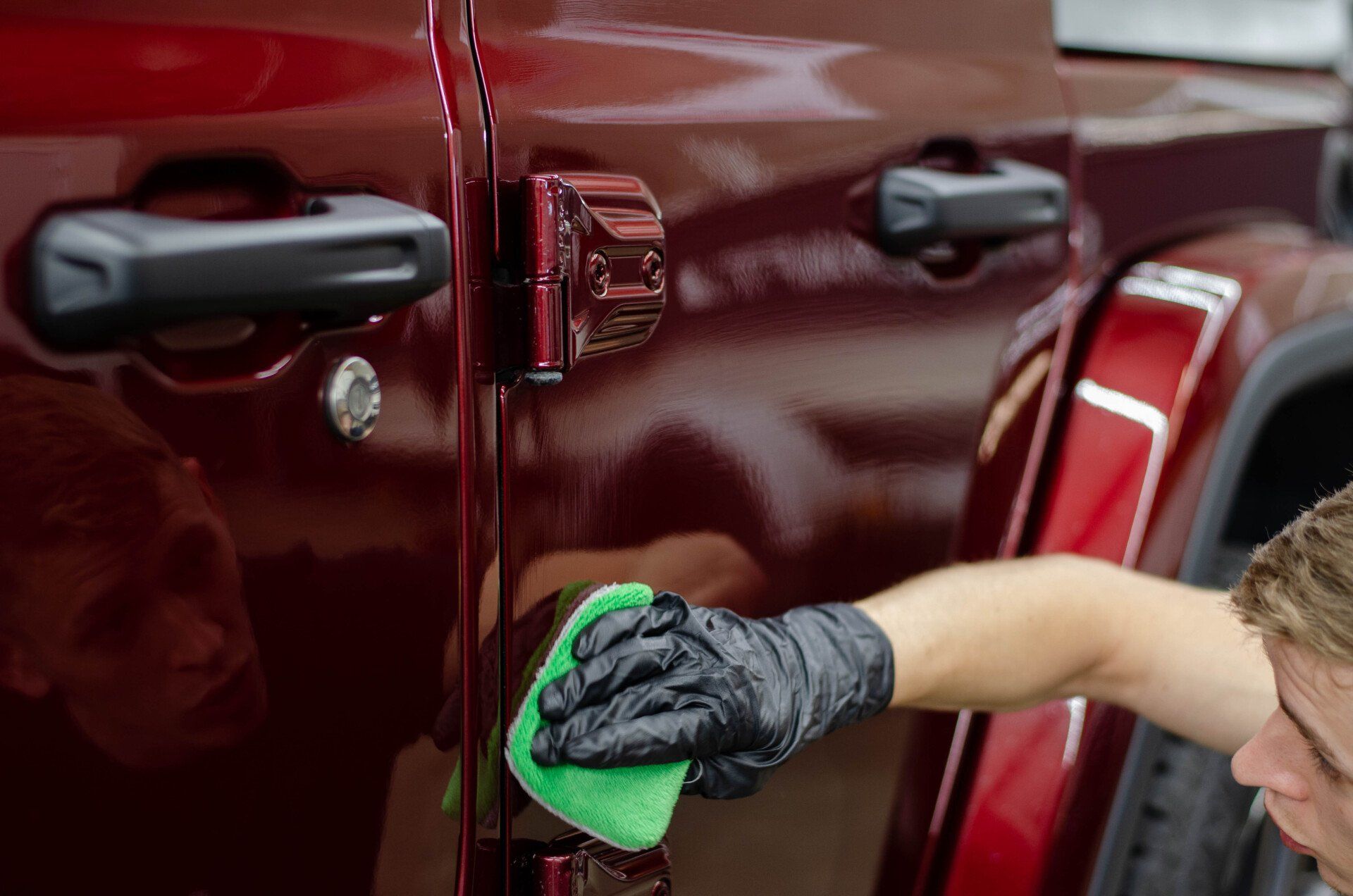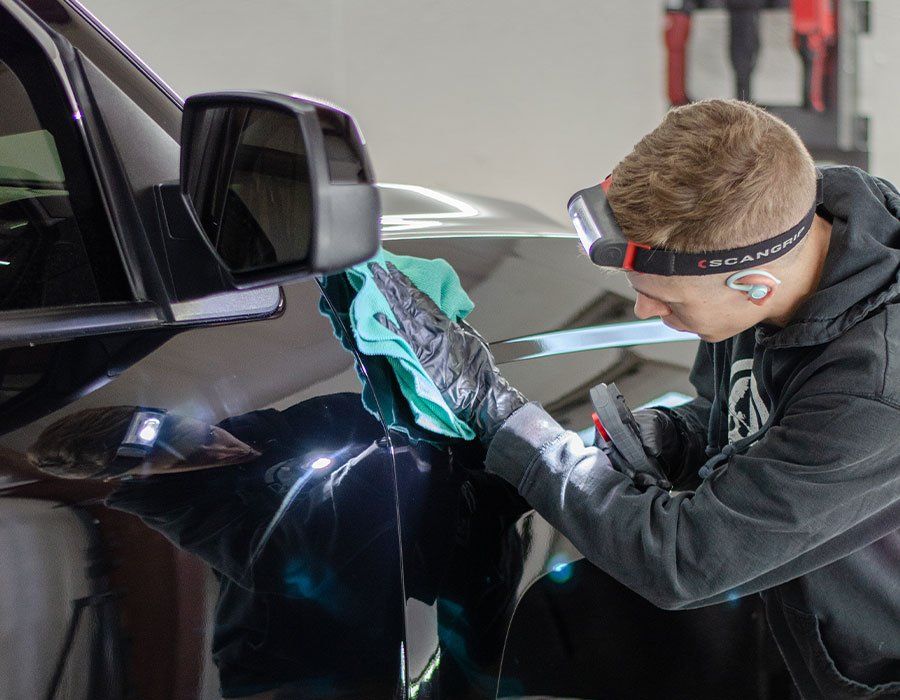Why Professional Window Tinting is Important for Vehicle Safety: Exploring the Benefits
Driving down sun-soaked highways or through bustling city streets at night brings its own set of challenges, particularly concerning safety and comfort. The overwhelming sun glare during the day or piercing headlights at night can make even the most passionate driver's journey stressful and hazardous. Professional window tinting offers a solution that addresses these issues by significantly enhancing visibility while simultaneously providing additional safety features. Seamlessly installed and highly durable, professional window tints do more than just cut down on glare. They offer protection against harmful UV rays, increase privacy, reduce the risk of shattering glass upon impact, and comply with legal standards when done correctly.
Professional window tinting can enhance vehicle safety by reducing glare from the sun and headlights, improving visibility, and potentially decreasing glare-related accidents. Additionally, certain types of tint can improve visibility by reducing glare from headlights, enhancing contrast, and allowing for faster reaction times to potential road hazards.
Professional Window Tinting Explained
Professional window tinting is more than just applying a dark material to your windows; it involves using a special film on the interior surface of your vehicle's windows. This film, typically made of polyester and engineered with specific coatings, serves critical functions. First and foremost, one of the main roles of this specialized film is to block most of the harmful UV light from the sun. Much like protecting your skin from strong sunlight, this tint film shields you from up to 99% of harsh UV rays, providing invaluable protection for you and your passengers.
Moreover, professional window tinting significantly reduces glare, making driving safer and more comfortable. It acts as a shield against intense glare from the sun or other vehicles' headlights, enhancing visibility and minimizing eye strain. Window tinting can potentially decrease glare-related accidents by up to 50%. This specialized film also adds another layer of privacy and security to your vehicle. By making it difficult for people outside to see inside your car, it enhances your privacy and reduces the risk of theft or unwanted attention while parked. Not only does this provide peace of mind, but it can also safeguard you and your belongings in various situations.
Enhancing Daytime and Nighttime Visibility
Driving can be challenging, particularly when contending with glaring sunlight or blinding headlights at night. Have you ever experienced squinting in bright sunlight, struggling to see the road ahead, or feeling temporarily blinded by an oncoming car's headlights? These situations not only cause discomfort but also pose a significant safety risk. The terrific news is that high-quality window tints can effectively address these issues by reducing glare and improving contrast, resulting in enhanced visibility for drivers. Glare from the sun and headlights can create hazardous driving conditions. Just like sunglasses reduce glare and improve visual clarity in bright light, window tints work similarly for your vehicle. Professional window tinting can significantly reduce glare, providing a clearer view of the road during bright, sunny days.
Additionally, this reduction in glare contributes to better eye comfort, reducing eye strain, which is especially important for long drives. But it's not just about daytime driving. Nighttime visibility is equally critical for safe driving. On poorly lit roads or when facing intense glare from oncoming headlights, clear vision becomes essential. This is where professionally applied window tinting can make a real difference. With their ability to reduce nighttime glare, window tints allow for clearer vision in varying light conditions, enhancing safety on the road, not just during the day but also after dark.
Think of how frustrating it can be to try to drive at night while constantly adjusting your vision due to the glare from oncoming cars. With the right window tint, this issue becomes less intrusive, promoting a more relaxed and safer driving experience. Moreover, certain types of professional-grade window tint films are designed with anti-reflective properties that enhance contrast and clarity. This makes it easier to distinguish objects, pedestrians, and road signs—improving your ability to react swiftly to potential road hazards and diminishing the likelihood of accidents due to poor visibility.
So, regardless of whether you're driving during the day or at night, prioritizing visibility is crucial for ensuring your safety as well as the safety of others on the road. Investing in professional window tinting effectively minimizes glare, enhances contrast, and ultimately improves overall driving safety, making it a worthy consideration for any vehicle owner looking to enhance their driving experience.
UV Protection and Heat Reduction
When you're driving, you're exposed to a lot of sunlight, even through your car's windows. While that light might make for a pleasant drive, it also brings along ultraviolet (UV) rays. Now, we all know that too much sun can cause skin damage, right? But did you know that harmful UV rays can penetrate through your car windows and increase the potential risk of skin damage and even skin cancer? That's why UV protection from window tints is so important. Professional window films are designed to block up to 99% of these harmful UV rays. By doing so, they act as a protective shield for both you and your vehicle. Imagine driving on a sunny day without the fear of UV exposure. It becomes more than just about comfort; it's about protecting your health.
It's not just about us humans, either. Think about the interior of your vehicle. The same UV rays that harm our skin can also wreak havoc on the interior of our cars. Overexposure to these rays can cause fading, cracking, and overall deterioration of the dashboard, seats, and other surfaces inside your vehicle. This can significantly reduce the resale value of your car if you ever decide to go for an upgrade in the future. With protection from harmful UV rays and a considerable drop in interior temperature, professional window tinting goes beyond just "shade," making our driving experience healthier, safer, and more enjoyable.
Impact on Vehicle Safety and Accident Reduction
When it comes to driving, safety always takes precedence. Windows play a crucial role in maintaining a safe driving environment, and professional window tinting can significantly contribute to this. The benefits extend beyond aesthetics; they directly impact overall safety on the road. One notable safety benefit of window tinting is its ability to hold shattered glass together in the event of an accident. In the case of a collision, tinted windows act as a protective barrier, preventing the glass from shattering into dangerous shards that can cause serious injuries. This is particularly important for side and rear windows, where passengers are more susceptible to potential injury from shattered glass. By reducing the likelihood of injuries from flying glass shards, professional window tinting offers a layer of protection that can make a significant difference in the event of an accident.
Studies suggest that reduced glare and improved visibility—enhanced by certain types of window tint—can substantially decrease glare-related accidents. Glare from the sun or headlights can be a significant hazard on the road, affecting a driver's ability to see clearly and react swiftly to changes in traffic or unexpected obstacles. By reducing glare and enhancing contrast, certain tints can lead to faster reaction times, which are crucial for avoiding accidents. In addition to reducing glare and minimizing injury risks during accidents, professional window tinting acts as a deterrent to theft by obscuring the view of valuables inside the car. When potential thieves are unable to see inside vehicles clearly, the risk of break-ins is reduced. This added layer of privacy and security contributes to a safer driving experience and offers peace of mind for vehicle owners.
From safeguarding occupants in the event of an accident to enhancing visibility and acting as a deterrent to theft, professional window tinting plays a vital role in improving vehicle safety and reducing accident risks on the road.
Legal Requirements for Window Tinting
When it comes to window tinting for vehicles, knowing the legal guidelines in your area is crucial. The regulations vary from state to state and country to country, with specific emphasis on the visible light transmission (VLT) percentage. The VLT percentage dictates how much light must pass through the windows, ensuring that visibility is not compromised for the driver or law enforcement.
It's important to understand that these regulations are in place to maintain a balance between privacy, security, and safety on the road. However, it can be a bit confusing to navigate the legal limits regarding VLT percentages, as they can differ significantly from one location to another. For example, in some states, the minimum VLT percentage allowed for front windows might be as high as 70%, while other regions may have more lenient or stringent restrictions. These regulations often extend to different windows of the vehicle, including windshields, front side windows, back side windows, and rear windows.
To better illustrate the significance of understanding these regulations, consider this scenario: you decide to travel from one state with lenient tinting laws to another with strict regulations without adjusting your window tint accordingly. As a result, you could face penalties such as fines or even have your vehicle impounded for non-compliance. It's crucial to be aware of legal requirements for window tinting based on your location. Always consult with professionals to ensure you are adhering to the legal window tinting regulations.
Potential Benefits of Professional Window Tinting
When it comes to vehicle safety, some insurance companies consider professionally installed window tinting a beneficial addition that enhances safety features. While this may not be universally recognized, it's worth checking with your insurer to see if they offer premium discounts for this enhanced safety feature. The concept behind insurance incentives for window tinting is rooted in the added protection it provides.
High-quality window tints can block out harmful UV rays, reducing heat and glare inside the vehicle. This can lead to a more comfortable driving experience, potentially reducing driver fatigue and improving focus. Moreover, in the event of an accident, professionally installed window tints can help hold shattered glass together, minimizing injury risks from flying glass shards.
- Premium Discounts: Some insurance providers may offer reduced premiums for vehicles with professionally installed window tints due to the added safety measures.
- Enhanced Safety Features: Professionally installed window tints provide protection against UV rays, reduce heat and glare inside the vehicle, and can help hold shattered glass together in the event of an accident.
- Long-Term Value: Checking with your insurer to understand potential premium discounts for professionally installed window tints can add long-term value to your investment. When you invest in professional window tinting, not only are you enhancing privacy and aesthetics, but you're also potentially lowering your risk of skin damage due to UV exposure while driving. These additional safety benefits can translate into potential insurance savings over time.
It's important to note that each insurance company sets its own guidelines when it comes to offering premium discounts for professional window tinting. Therefore, it's advisable to proactively reach out to your insurer to discuss any possible insurance benefits associated with this enhancement. Exploring the potential insurance benefits associated with professionally installed window tinting can further highlight the long-term value of this investment. It's a proactive step toward enhancing vehicle safety and comfort while also potentially contributing to insurance savings over time.
Top-Notch Window Tinting Solutions in Erie, PA
Enhance your vehicle's comfort and style with Keystone Detail's
top-notch window tinting solutions in Erie, PA. Our expert team specializes in applying high-quality tints that provide superior heat and UV protection, ensuring a cooler and more comfortable ride. With our precision installation, your car's interior will be safeguarded from fading and damage while also adding a sleek, polished look. Trust Keystone Detail for professional, long-lasting window tinting—schedule your appointment today! Call us at
(814) 230-6991 to get started!
